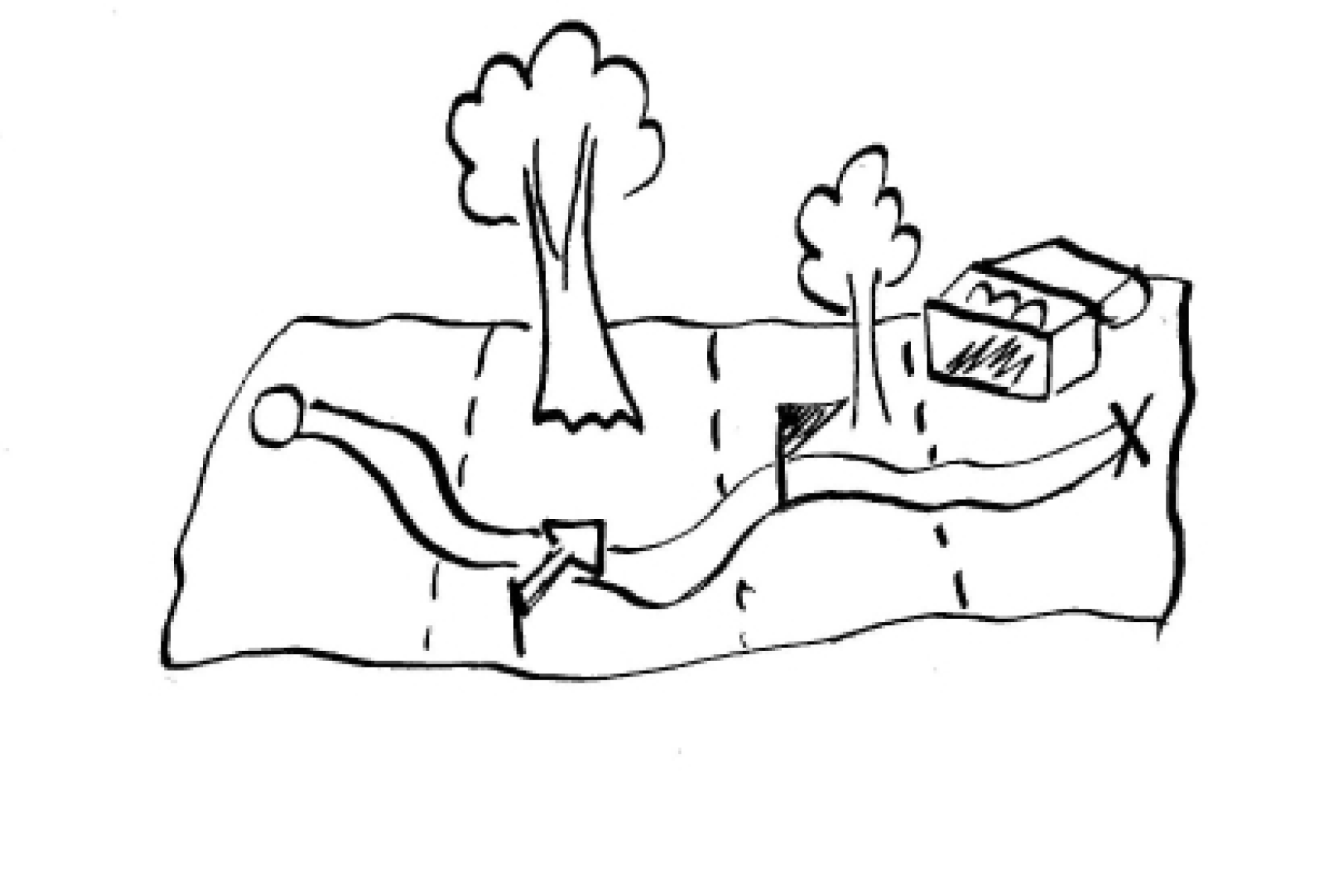042
I wish more people on the team would believe in themselves and contribute their ideas
Illumination

The Context
Edison’s biographer revealed that while the inventor’s observation and testing often ended with some act of insight coming suddenly, it was in reality derived from an accumulated body of technical knowledge stored in the searcher’s subconscious mind. This is typically how the innovation process works. Each of us has these insights that have already been growing inside of us, and we’re just waiting for someone else to give it clarification, validation and permission. This is where prolific leadership comes into play. Because any idiot can come up with great ideas all day. The more important question is, can you make a human connection with another person on your team and help extract ideas out of their brain?
The Tool
Illumination
ILLUMINATION -- Giving people and their ideas clarification, validation and permission.
This is a nuanced and sophisticated skill set. It all starts with the relationship. This other person, either a team member, friend, colleague, customer, whoever, has to trust you, feel seen by you, connect with you, and have an understanding of how you can help them. Without satisfying these emotional baselines first, people’s ideas will always always stay in idea form, rather than get executed into reality. And so, it’s up to the leader to notice, listen, be curious, take notice, and take notes. Are you a prolific leader? How are you becoming the mirror in which other people’s greatness can be reflected? Insight, which leads to innovation, thrives within this frame of leadership. Not because you’ve created single flashes of enlightenment, since those moments tend to fade quickly, but because you’ve cobbled together divergent sources of information. The series of sparks is the kindling and the relationship is the fuel.

Scott's Take
A prolific leadership opportunity is when our team members do shout outs in our weekly kickoff meetings. We acknowledge each other’s success stories with various clients, giving them props for their innovative work. It’s not only fun and uplifting, but when one of these moments creates a significant reaction from the rest of the team, either with audible gasps, claps or other nonverbal expressions of excitement, my notebook comes out. Because if you don’t write it down, it never happened. Then, after the meeting, I’ll pull that person aside and ask them to recount their experience in greater detail. From that interaction, we not only walk away with a story worth telling to our broader community, but we document the learnings and create tools around them so they can be adopted by the broader culture. The best part is, that person gets reminded that they’re capable of a significant contribution. Even if they don’t consider themselves creative.
The Rest
If it’s true that you increase a thing's power by increasing your belief in its power, think about somebody on your team who needs to feel seen, and go give their ideas clarification. Because there are things stored in their subconscious can may change everything. Edison himself might say, they just need someone to turn on the light. What kind of leader do you need to become to create a culture of innovation?
The Benefits
Create a culture of innovation
Extract ideas out of other people’s brains
Move from idea to execution efficiently
Inspire people on your team to motivate themselves
Build a more satisfied and intrinsically oriented workforce